10 Tips How to Create an SEO-Friendly Website for Long-Term Organic Growth
Creating an SEO-friendly website is critical to driving long-term organic traffic and improving search engine rankings. A well-optimized website enhances the user experience and ensures that search engines can easily crawl, index, and understand your content.
Whether starting from scratch or optimizing an existing site, these tips will help you build an SEO-friendly website that attracts organic growth over time. Let's check it out!
Table of content
- 1. Start with User-Friendly Design
- 2. Optimize Your Website for Mobile Devices
- 3. Speed Up Your Website
- 4. Conduct Keyword Research
- 5. Create High-Quality, Engaging Content
- 6. Optimize On-Page SEO Elements
- 7. Image Optimization
- 8. Implement Secure HTTPS Protocol
- 9. Build Quality Backlinks
- 10. Monitor Website Performance
- Conclusion
1. Start with User-Friendly Design
A well-organized site structure is fundamental to both user experience and SEO. The layout should be easily navigated, enabling search engines to crawl it more effectively.
Create a simple structure with categories, subcategories, and internal linking that flows naturally. Use breadcrumb navigation to improve internal linking and help users backtrack their steps easily.
2. Optimize Your Website for Mobile Devices
With the growing use of smartphones, it is important to prioritize mobile-friendly websites. This means your website must be fully responsive, offering a seamless experience across all devices, particularly smartphones and tablets.
An SEO-friendly website adapts effortlessly to various screen sizes, catering to mobile users without compromising readability or functionality.
3. Speed Up Your Website
The speed of web page loading is a critical factor for search engines and directly affects user experience. Pages that take too long to load can lead to higher bounce rates, reducing your site's overall performance.
Optimize your images, use browser caching, minify CSS, JavaScript, and HTML files, and consider using a content delivery network (CDN) to improve loading times.
Say goodbye to slow website!
WP Speed of Light comes with a powerful static cache system, and includes, a resource group and minification tool, a database cleanup system, a .htaccess optimization tool and an automatic cache cleaner.
4. Conduct Keyword Research
Keyword research is essential to understanding what your target audience is searching for. To capture targeted traffic, focus on long-tail keywords that are more specific and less competitive
Use tools such as Google Keyword Planner, Ahrefs, or Ubbersuggest to find relevant keywords for your niche. Contain these keywords naturally into your website's content, titles, meta descriptions, headers, and URLs to improve your chances of ranking higher in search results.
5. Create High-Quality, Engaging Content
Writing SEO-friendly content is critical to improving your website's rank on Search Engine Result Pages (SERPs). Create valuable, well-researched, and engaging content that addresses your target audience's pain points or solutions they seek.
Make sure the content is well-structured with appropriate headings, bullet points, and visuals. Search engines favor websites that offer fresh, informative, and authoritative content.
6. Optimize On-Page SEO Elements
Optimizing on-page SEO elements like meta descriptions and title tags is the next tip for improving your website's ranking potential. A title tag appears on the search engine result as clickable headlines, while a meta description offers short snippets about what readers can expect to find on the page.
Pay attention to keyword placement in the first 100 words of your content, and make sure URLs are clean and descriptive. Keep meta descriptions under 160 characters and the title tag between 50 and 60 characters. This will ensure they appear properly on the search results and have a higher chance of increasing click-through rates.
7. Image Optimization
Optimizing images for SEO is a great way to improve your website's visibility in search engines. This plays an essential role in user engagement, but large files can slow down your site. Optimize images by compressing them without sacrificing quality and using proper file formats like JPEG or WebP.
Give each image an appropriate file name. Additionally, add descriptive ALT tags to all images. These tags should include keywords related to the image's content. This will help search engines understand the image's context, which can boost image search rankings.
8. Implement Secure HTTPS Protocol
SEO is not only about the high quality of content but also about website security. Using HTTPS encryption is essential for website security and makes it more trusted by both users and search engines.
If your website is still using HTTP, it's the right time to upgrade to HTTPS by installing an SSL certificate. This will not only secure your site but also improve your SEO rankings.
9. Build Quality Backlinks
Backlinks are a significant ranking factor in SEO. Focus on building quality, authoritative backlinks to your site by creating shareable, valuable content that others want to link to.
On the other hand, you can also naturally earn backlinks by reaching out to industry-related websites, contributing guest posts, or collaborating with influencers. Additionally, resulting in more backlinks that search engines will index and consider when ranking your website.
10. Monitor Website Performance
SEO is an ongoing process, and it takes time to see the results. That's why you need to monitor the website's performance regularly for long-term success. Audit your website by using SEO tools to identify technical issues like broken links, duplicate content, or crawl errors that may negatively impact your rankings.
Use Google Analytics and Google Search Console to track traffic, user behavior, and SEO metrics. This will allow you to identify areas for improvement and adjust your strategy as needed.
WP Meta SEO gives you the control over all your SEO optimization. Bulk SEO content and image SEO, on page content check, 404 and redirect.
Conclusion
That's all for tips on how to create an SEO-friendly website. It helps you to build a strong foundation for long-term organic growth. By following the tips above, you can improve your search engine rankings, and attract more traffic over time.
Remember that SEO is not a one-time task. Continuous optimization and monitoring are key to staying competitive in the digital space.
When you subscribe to the blog, we will send you an e-mail when there are new updates on the site so you wouldn't miss them.


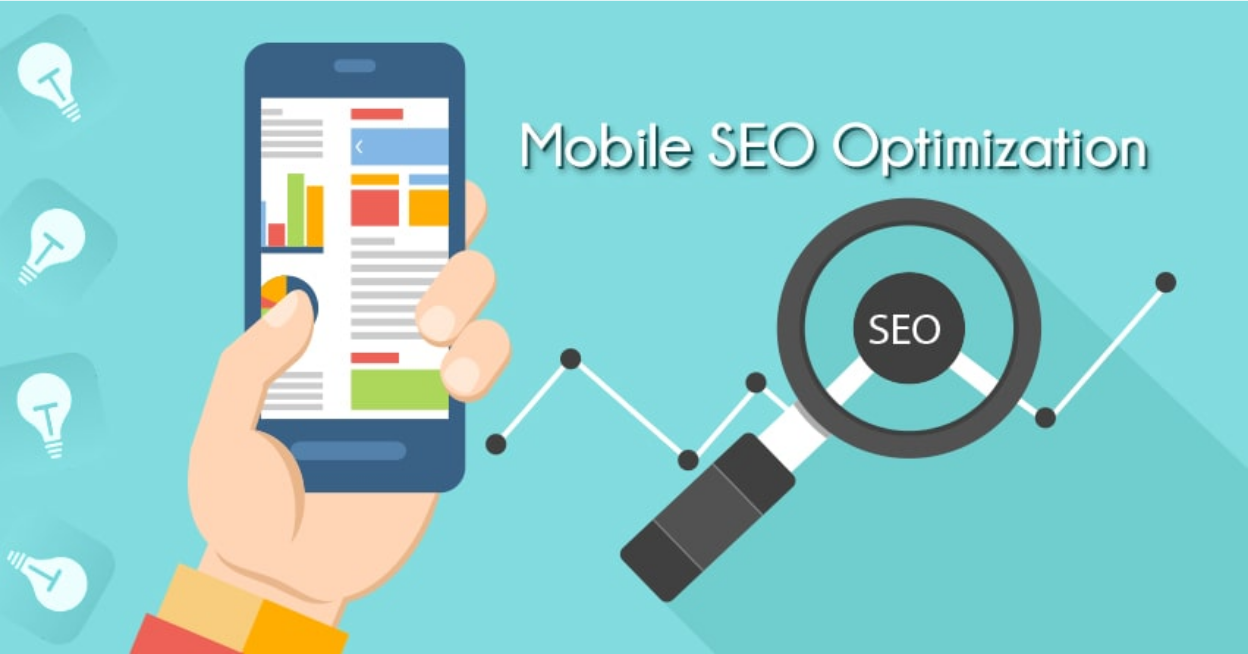

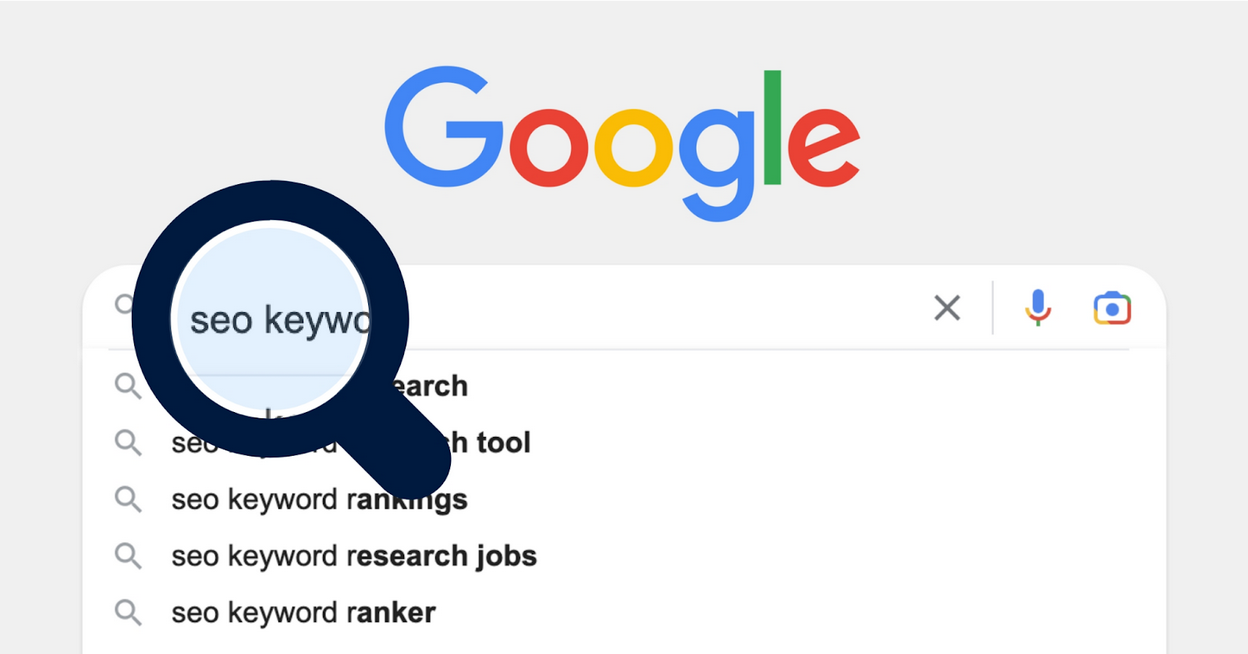
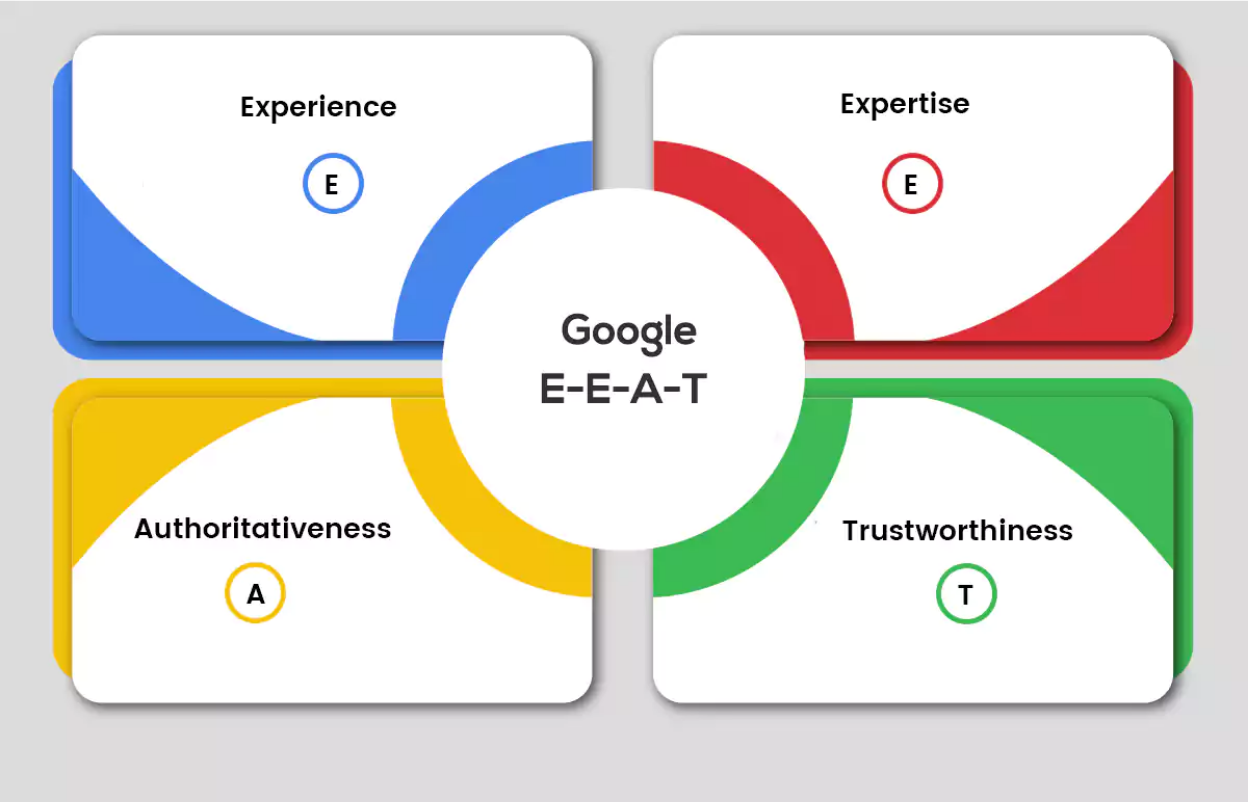
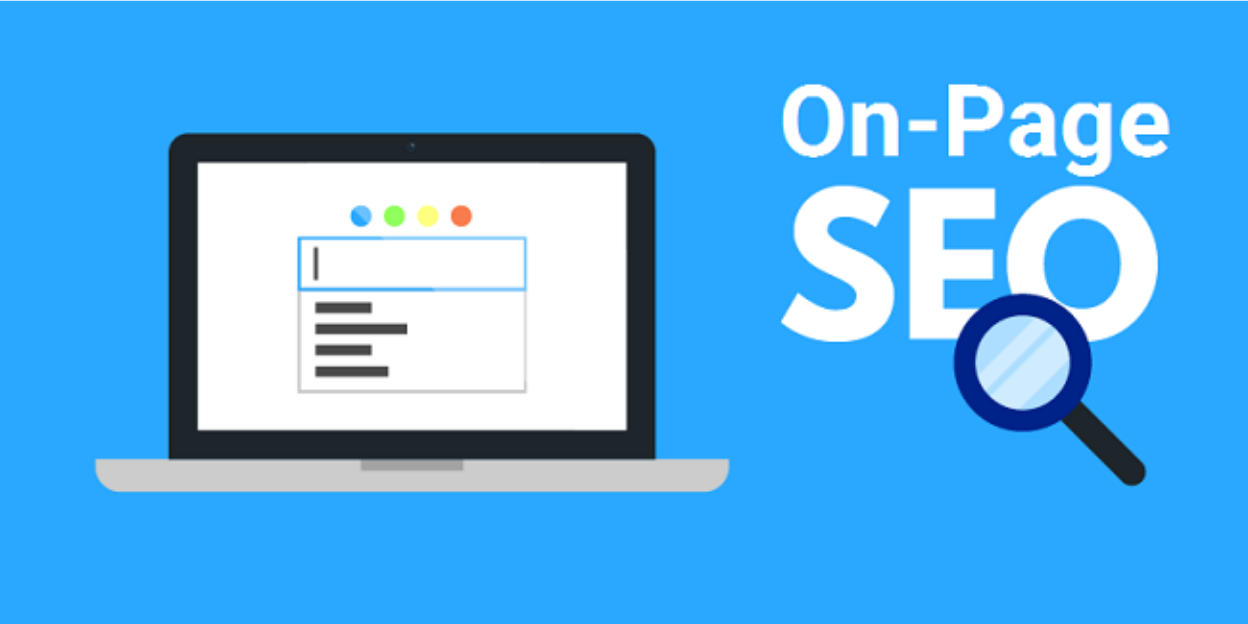


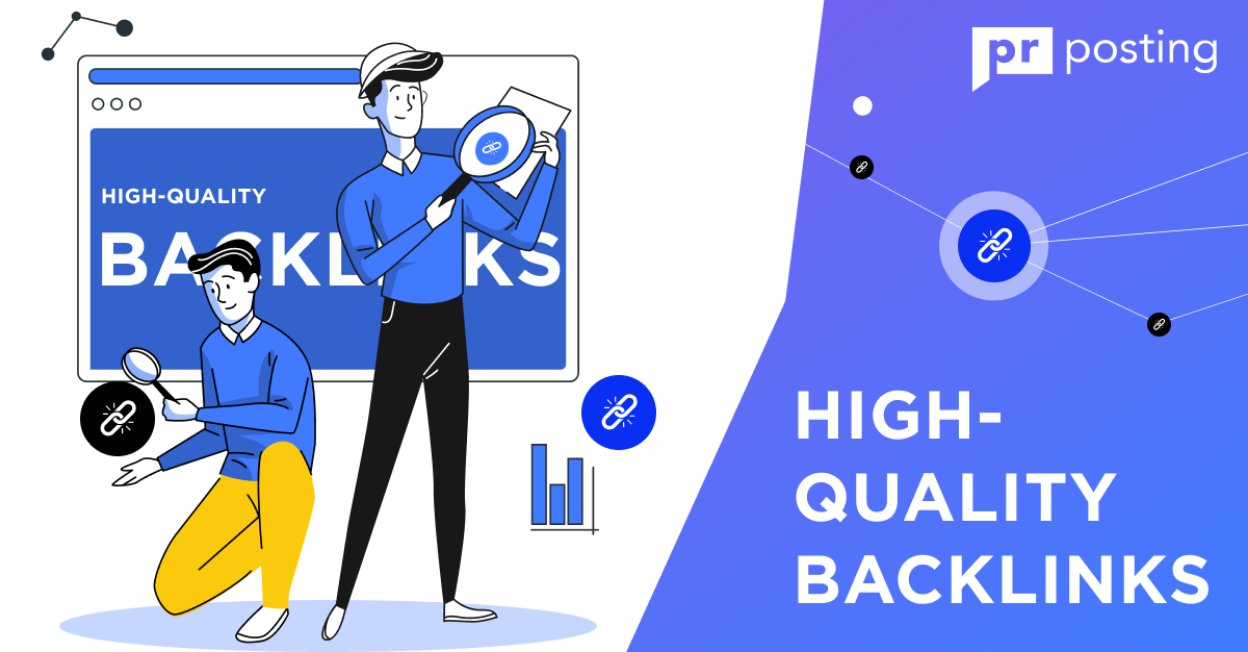
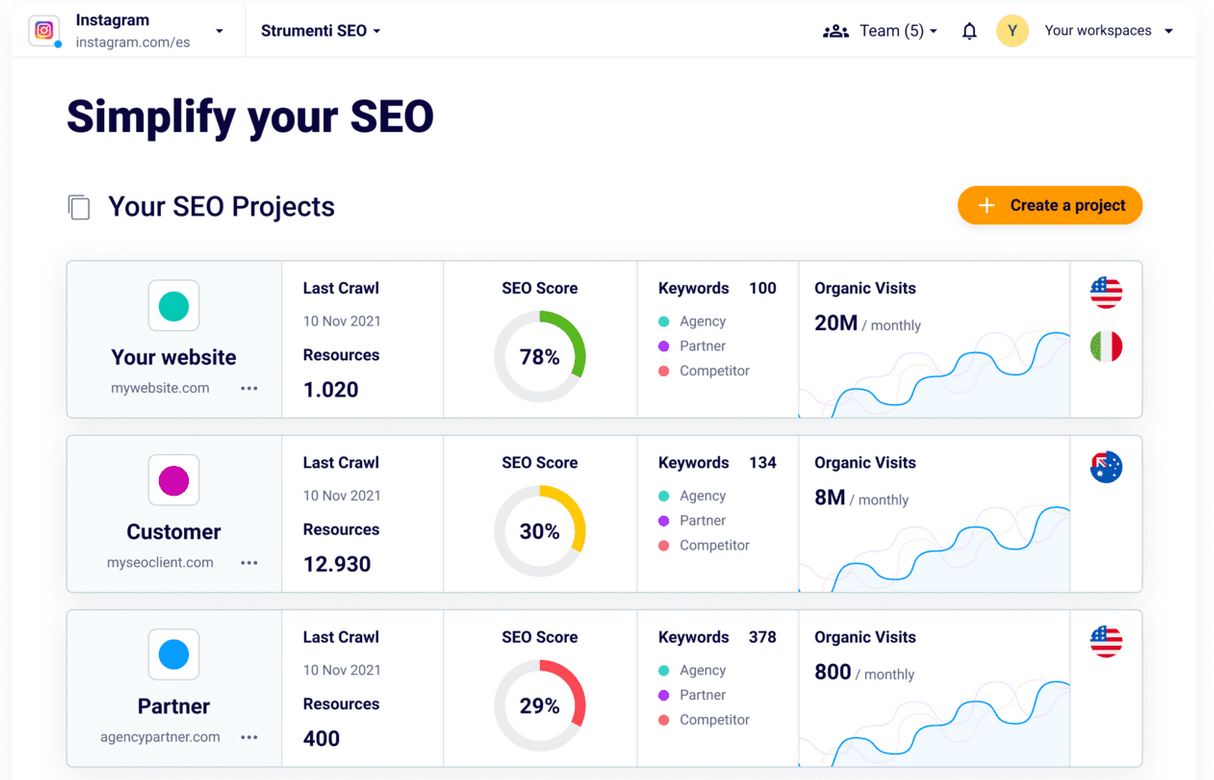
Comments